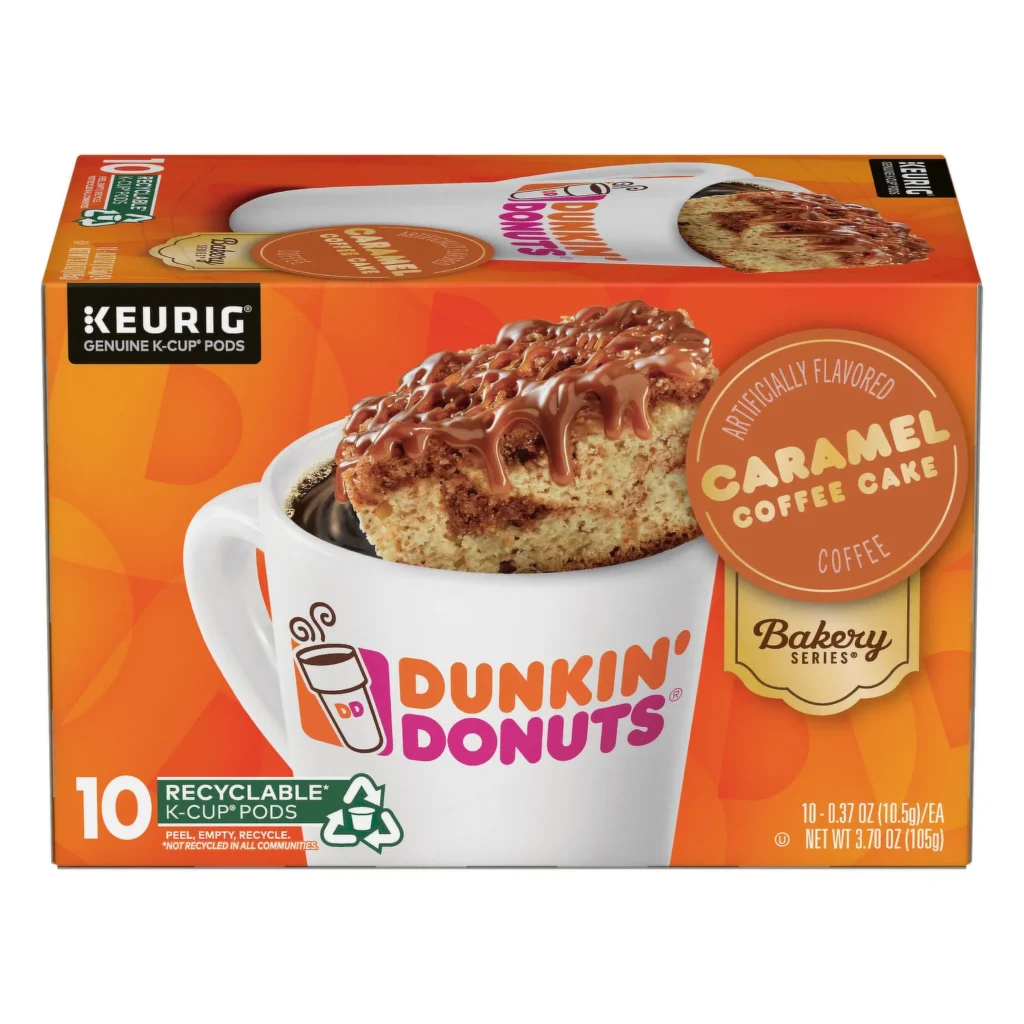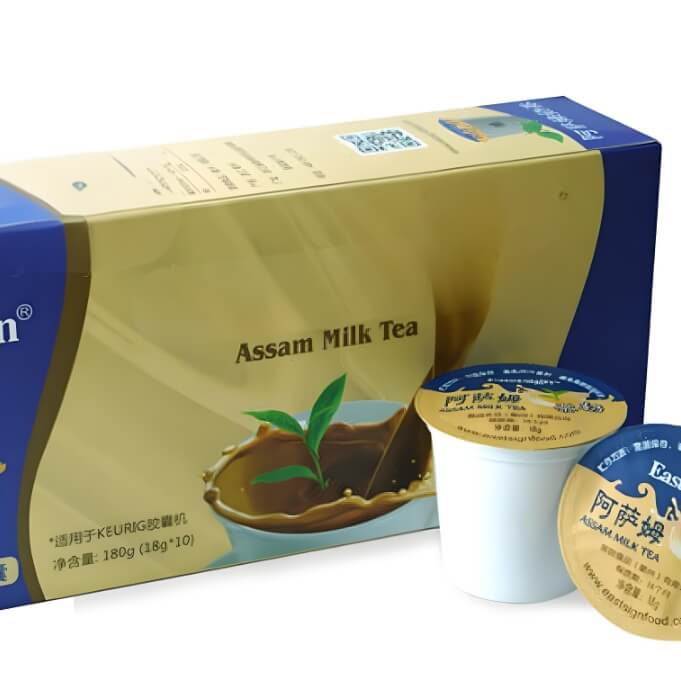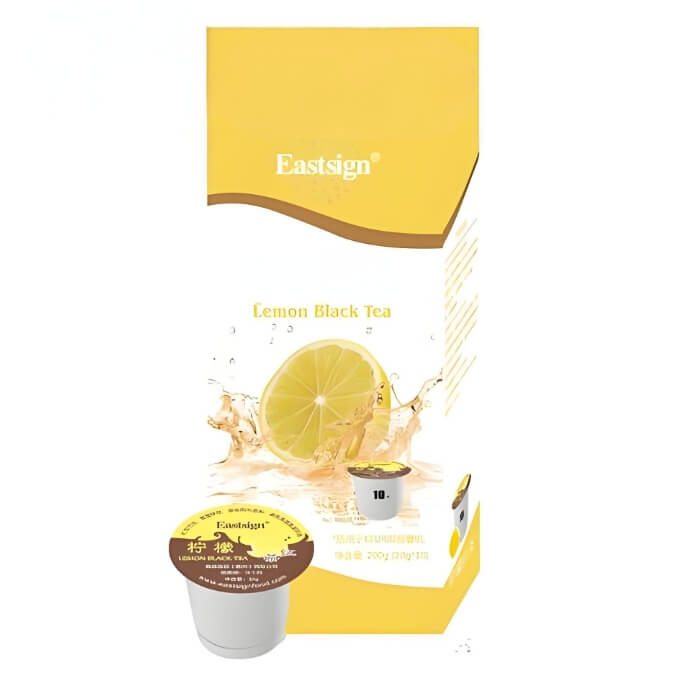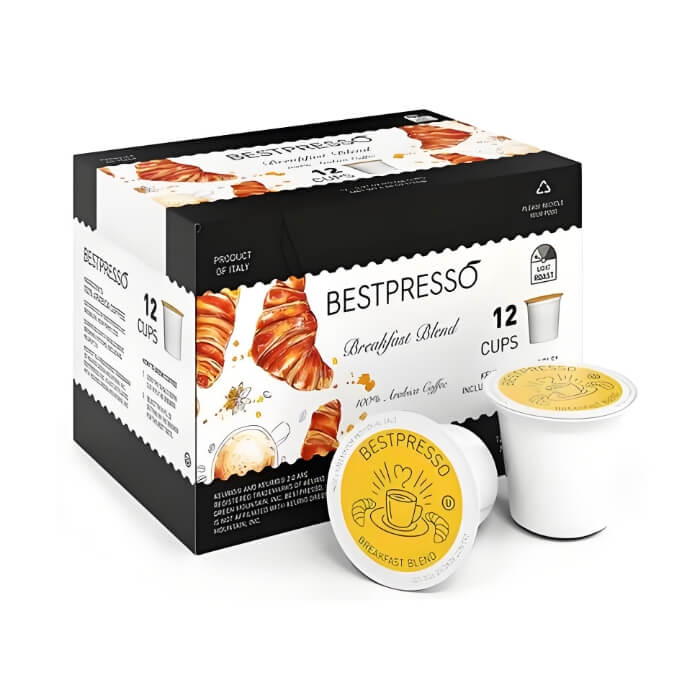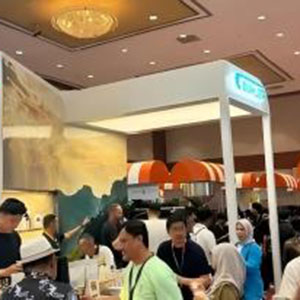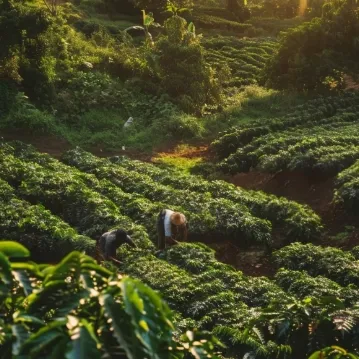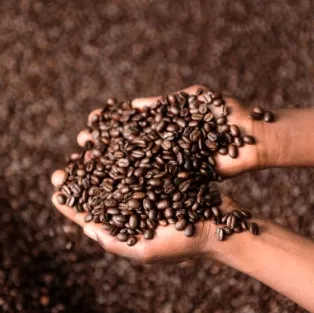
According to the market report published last month, the K-Cup coffee market is still growing strongly, driven by the factors: convenience, smart technology equipped, milk frother integration, and online sales channels. This thriving segment is reflected in the financial performance of major players; a leading K-Cup company recently reported $4.07 billion in 2024 Q4 net sales, marking an impressive 5.2% growth rate compared to 2023 Q4. Furthermore, their partner, Lavazza, achieved a remarkable 30% growth rate in retail sales after 2025 Q1, underscoring the dynamic expansion of the market. Along this huge market segment and retail sales, have you, a K-Cup drinker, thought about where K-Cups are manufactured? That convenient cup of coffee you enjoy every morning – have you ever wondered how it goes from coffee beans to a perfectly portioned K-Cup single-serve coffee pod? As for coffee roasters, have you ever thought about how to produce a compatible K-Cup Coffee Capsule? Whether you are a single-serve coffee lover or a coffee business owner, let us spend a few minutes together to explore the secrets of coffee pod manufacturing.
Where are K-Cups made?
K-Cups were invented and produced by the Keurig company. However, as they open the access, there are more and more private label K-Cup coffee pods manufactured by specialty coffee roasters, and well-known coffee brands’ K-Cup products that partner with Keurig, such as Starbucks, Lavazza, and Tim Hortons. K-Cups, particularly those produced by KDP, are manufactured in various locations, primarily within the United States. However, it’s important to note that the broader K-Cup compatible pod market includes many different manufacturers, and their production facilities are located globally.
K-Cups:
United States: They have significant manufacturing operations in the U.S. For example, they have been expanding their state-of-the-art single-serve coffee roasting and manufacturing operations in Spartanburg County, South Carolina. They also have workshops in Vermont.
Other Locations: While the US is prominent, public information also mentioned that some K-Cups are made in other countries like China and Indonesia, particularly for compatible pods from other companies. Keurig also sources coffee from various regions globally such as Latin America, Africa, Asia.
Compatible K-Cup Production (Beyond KDP):
The K-Cup compatible market is wide, and many third-party companies produce K-Cups for their brands or as co-packers. These K-Cup compatible manufacturers locate globally.
What’s Inside K-Cup?
Before we dive into how they’re made, let’s understand what a K-Cup coffee pod is comprised of. Each component plays a crucial role in the final brew’s quality, freshness, and shelf life:
- The Cup (Plastic): Typically made from food-grade polypropylene, engineered with specific barrier properties to prevent oxygen ingress and maintain freshness.
- The Filter Inside Cup: A waterproof filter material, often made from fiber or a blend material, that allows water to pass through while keeping coffee grounds contained.
- The Coffee: Precisely ground coffee, carefully selected for its roast profile and origin to deliver a consistent flavor. Currently, more and more unique coffee flavors and drink mix show up.
- The Lid: An aluminum foil lid would be hermetically sealed to the cup to create an airtight environment.

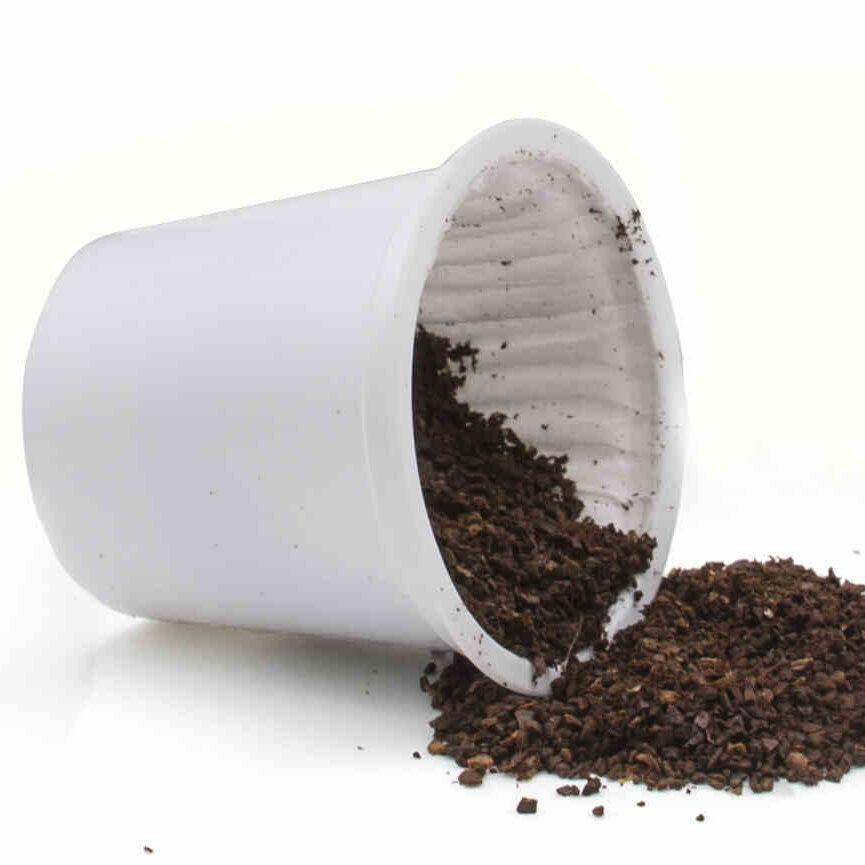
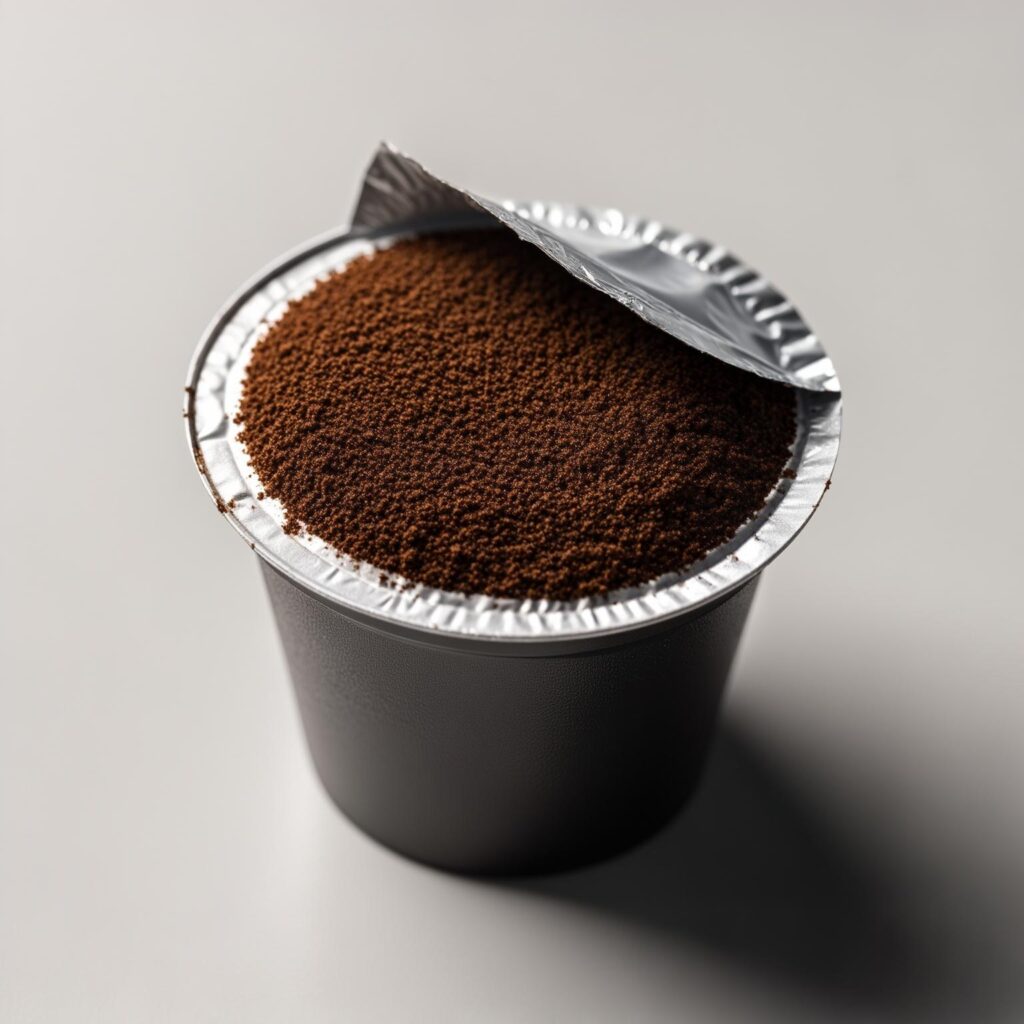
Crafting a perfect K-Cup coffee pod involves a series of precise steps, each demanding high accuracy and the appropriate coffee capsule-making machine.
How To Package K-Cup
The entire K-Cup manufacturing process begins with rolls of specialized plastic, which are heated and formed into the individual K-Cup shapes through forming equipment. These newly produced coffee capsule empty cups are then accurately fed onto the automated production line. This initial step requires precise temperature control and molding capabilities, ensuring uniform cup integrity for subsequent filling and sealing operations.
Once the empty coffee capsule cups are loaded on the production line, the non-woven filter is precisely welded into the bottom of the empty coffee capsule cups. Automated systems ensure the filter is perfectly centered and seated, preventing grounds from escaping during brewing and ensuring a clean cup.
Next, well-selected coffee beans would be ground to a specific size of granules, deciding the optimal extraction performance during brewing. A precise amount of these fresh grounds is then accurately dosed into each K-Cup. Accurate dosing contributes to the consistent flavor, concentration, and aroma. As for some special flavoured coffee capsules, manufacturers would install extra devices into the coffee capsule filling machine for flavouring.
This is the necessary step for manufacturers to preserve the coffee’s aroma and flavor. Before sealing, the ambient air inside the K-Cup is flushed out and replaced with food-grade nitrogen. Nitrogen is an inert gas that effectively prevents oxidation, significantly extending the coffee’s shelf life and ensuring freshness until the moment it’s brewed.
An aluminum foil lid is then placed on top of the cup and meticulously heat-sealed onto the rim, creating an airtight, hermetic seal. A perfect seal is non-negotiable; it protects the coffee from moisture and oxygen, ensuring the integrity and quality of the brew. Some manufacturers prefer to use roll film and cutting equipment, while others use the pre-cut foil lids with heat-sealing machines. Both sealing mechanisms work perfectly.
Finally, the completed K-Cups undergo rigorous quality checks for seal integrity, weight accuracy, and overall appearance. They are then typically grouped, counted, and packaged into retail boxes or other secondary packaging, ready for distribution.
Why K-Cup Production Steps Matter
If you want to produce an aroma cup of coffee, the K-Cup making process is indispensable.
Grind Consistency: For a K-Cup, the coffee beans are ground to a very specific size—a medium-fine to fine grind. Do you know why? Since the K-Cup brewing process is fast, it usually takes less than a minute. If the grind is too coarse, water rushes through too quickly, resulting in an “under-extracted” brew that tastes weak and sour. If it’s too fine, it can lead to “over-extraction,” making the coffee bitter, or even worse, while it might plug up the K-Cup brewer. The precise grind size directly influences the optimal flavor extraction.
Oxygen’s Enemy: One of the factors that decrease coffee capsules’ brewing performance is oxygen. Exposure to air causes oxidation, which directly degrades the delicate aromatic compounds in coffee, leading to bitter flavors. However, by replacing the oxygen inside the K-Cup coffee pod with flushing with nitrogen gas, the coffee’s freshness and shelf life are significantly lengthened, preserving its original aroma and taste profile until it’s ready to be brewed.
The Power of Sealing: Following the nitrogen flush, the lid is airtightly sealed to the cup. It works in conjunction with the nitrogen to protect the coffee from both oxygen and moisture absorption. Moisture can quickly cause coffee to lose its vibrancy and develop off-flavors.
Dosing Accuracy: If every single K-Cup had a different amount of coffee, your morning brew would be various! Accurate dosing is fundamental for achieving consistency. By ensuring that each pod contains precisely the same amount of coffee, manufacturers guarantee that the coffee-to-water ratio is always correct for the intended strength and flavor profile, critical for consumer satisfaction and brand loyalty.
Strong Filter Equipped: Maybe some consumers never realize that each K-cup coffee pod has come with a filter inside since they throw used K-cup coffe pods immediately after brewing. The filter decide whether your would get a clear cup of coffee without any particles left after the coffee went though brewer’s high pressure.
What Else K-Cup Could Fill?
While K-Cups are well-known with ground coffee, the invention of the single-serve coffee pod applications extends far beyond. The same precise principles of filling, sealing, and preserving are currently applied to a wider range of tea, coffee mix, beverages, and even supplementary products, unlocking new levels of convenience and customization for consumers.
Specialty Teas: From fragrant green teas to robust black teas, rich fruit teas with dried fruits, healthy, beneficial herbal teas, single-serve tea pods offer a quick way to enjoy a perfectly steeped cup.
Hot Chocolate: Rich and creamy hot chocolate pods provide instant comfort, ideal for a cozy treat without the need for powdered mixes and spoons.
Nutritional & Wellness: Protein shakes, vitamin-infused drinks, or electrolyte mixes can be portioned into pods, ensuring accurate dosage and easy preparation, particularly beneficial for active lifestyles.
Powdered Supplements: From pre-workout mixes to daily greens powders, single-serve pods offer a hygienic and convenient way to consume precise amounts of supplements on the go.
